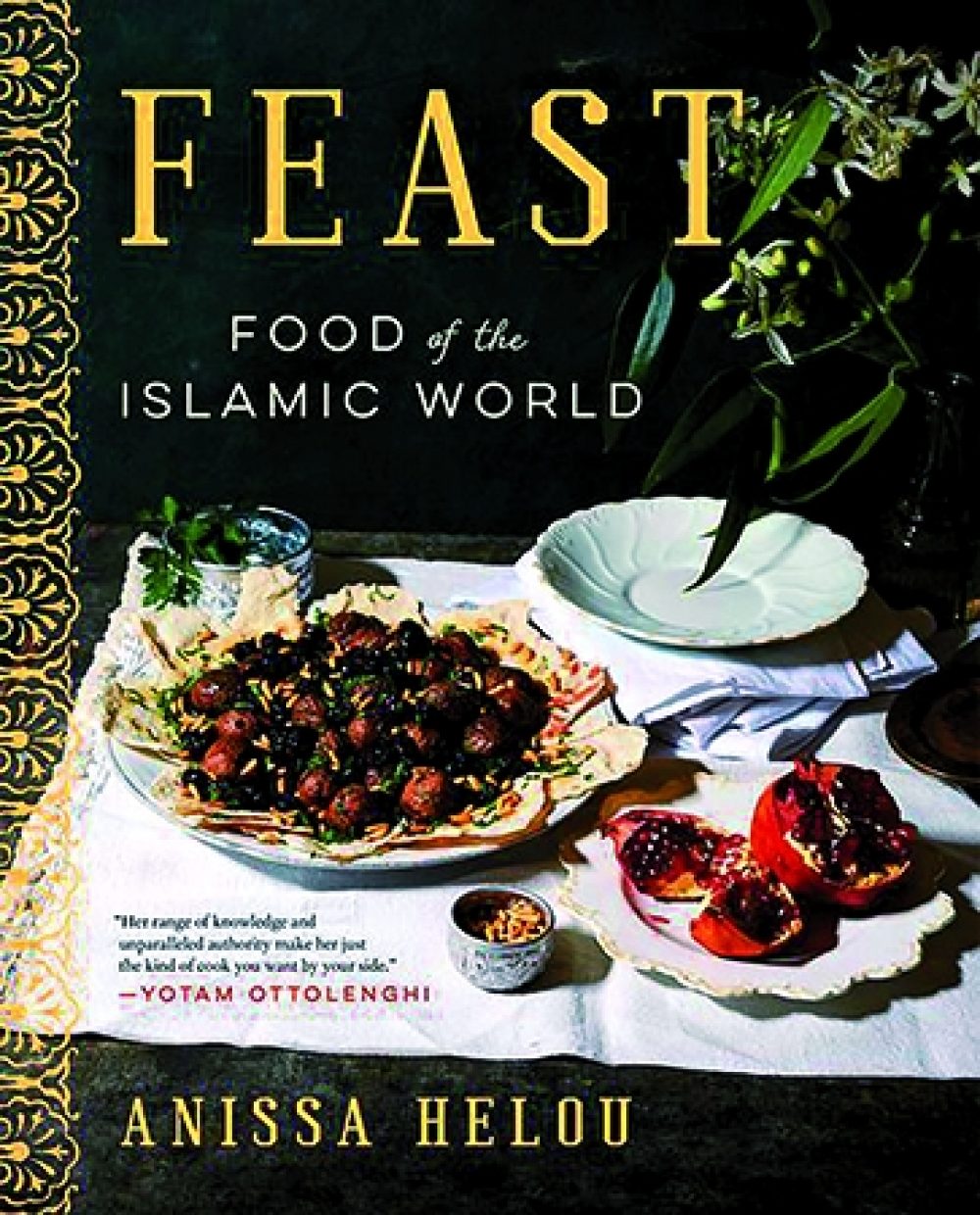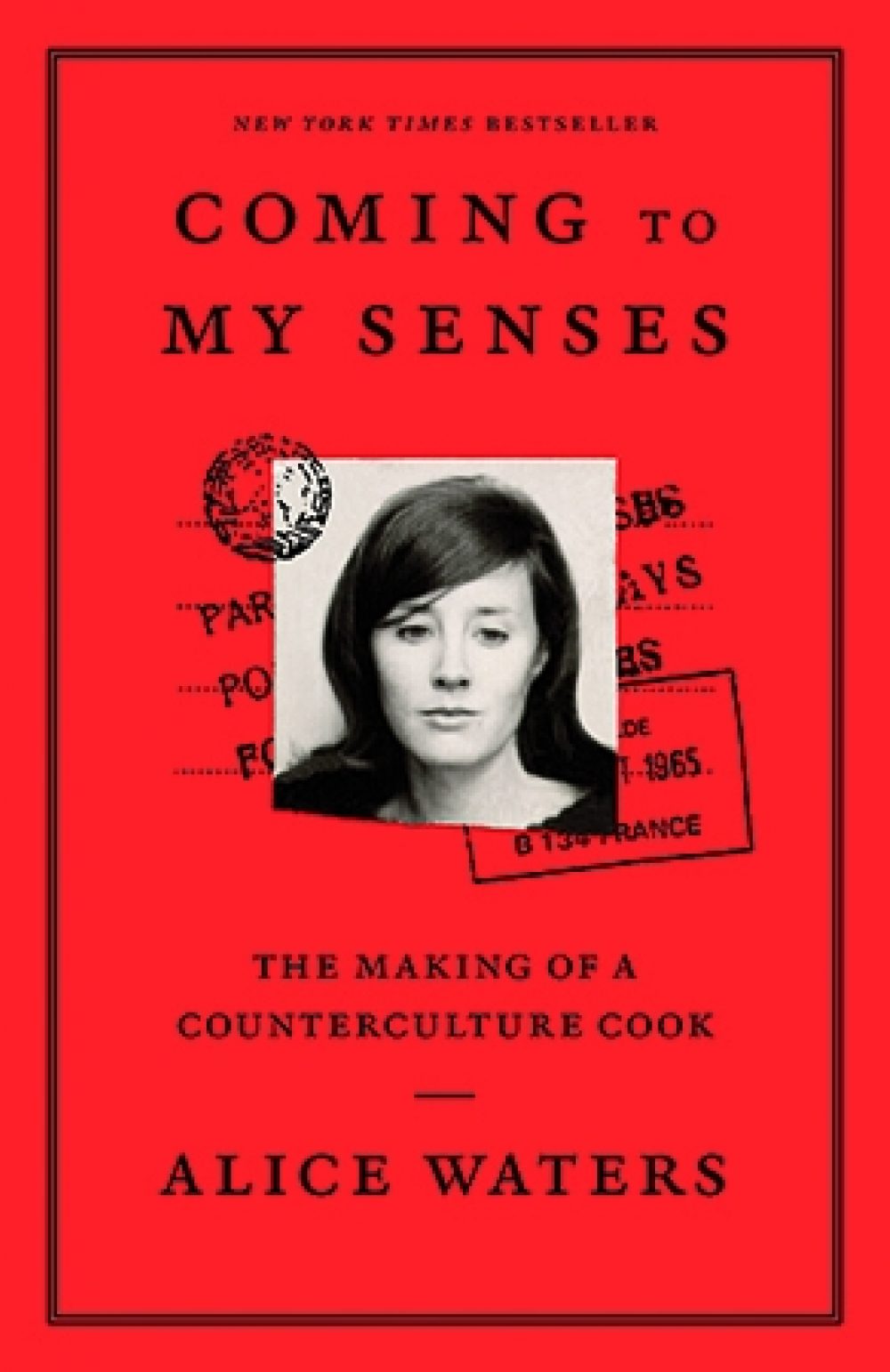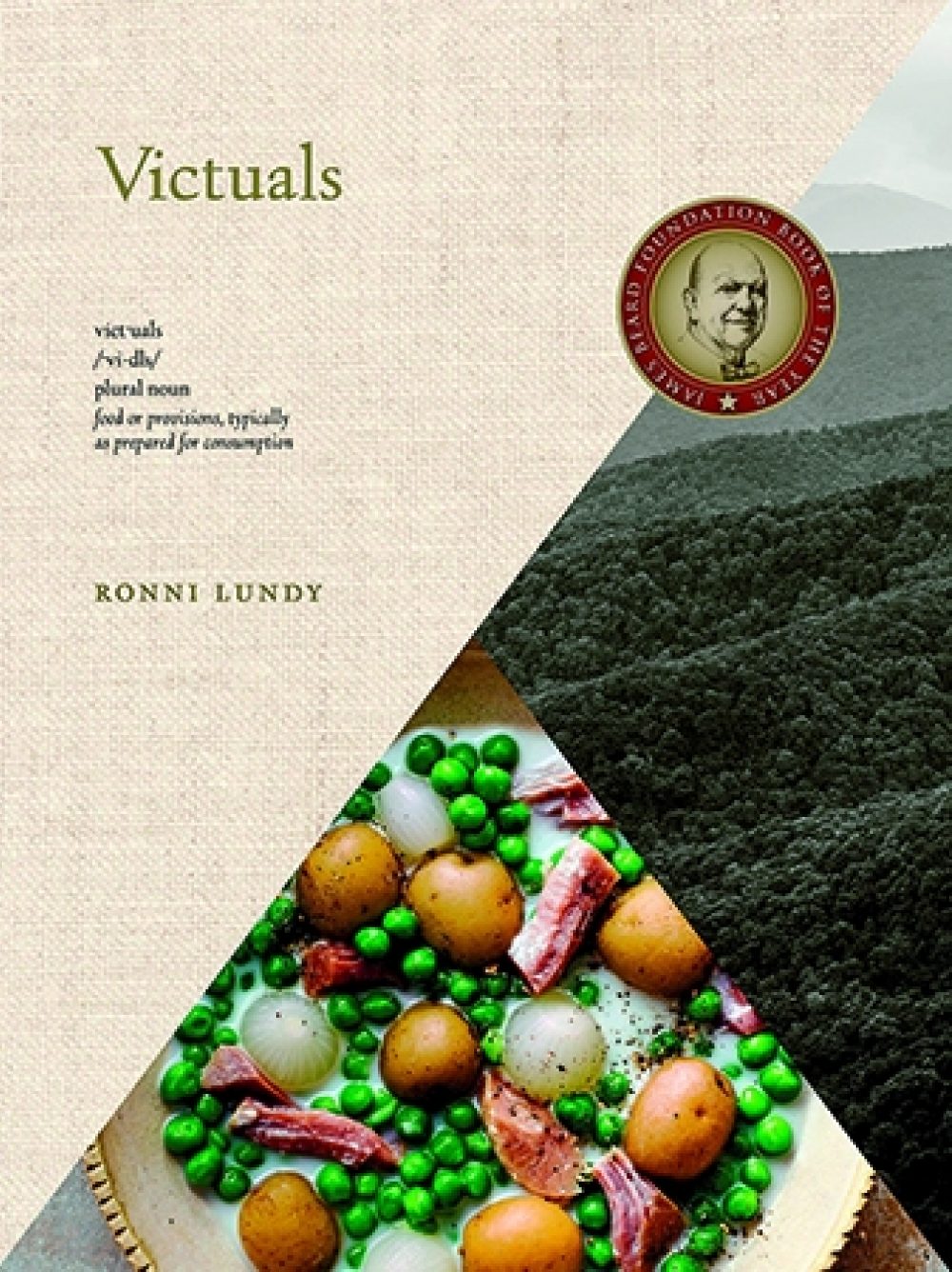
Feast: Food of the Islamic World
by Anissa Helou
In “Feast,” Anissa Helou—who first exposed me to a new world of cooking in “Mediterranean Street Food”—guides us through the recipes of the Islamic world, including Indonesia, Zanzibar and Senegal. Take flatbreads. We’ve all heard of pita and naan, but what about yufka, markouk or non? There are truly useful recipes, like onion and parsley salad—a perfect bed for roasted meats—or labneh (strained yogurt) flavored with tarragon, garlic, salt and olive oil. Egyptian bread pudding, cookies, baklava and Indonesian black rice pudding. But perhaps the best part of this work is the sense of history. The cooks of the Levant share recipes, but each region has its own approach, a subtlety often lost on the Western palate. Key to this book and the cultures it represents is that culinary tradition is strong: One tastes the past in the present. (Amazon, $38)
Alice Waters was good at cartwheels. She loved to dress up in costumes, including a third-grade hat fashioned from an aluminum casserole pan. In my favorite aside, she admits to biting back a youthful biter while working in a Montessori school. The theme of this book, however, is that Waters was always part of the counterculture, and that Chez Panisse was established as a salon, offering conversation as well as food. She has held on to the precept that food can change the world. She thought, for example, that the perfect peach would change Bill Clinton. When he finally showed up for dinner, he was offered the perfect Gravenstein apple (peaches were out of season), but ordered the mulberry ice cream instead. That says it all: What we should want is the simplest, most natural thing in front of us. What we do want is something quite different. (Amazon, $18)

Coming to My Senses: The Making of a Counterculture Cook
by Alice Waters

Milk! A 10,000-Year Food Fracas
by Mark Kurlansky
Mark Kurlansky, the author of “Cod” and “Salt,” starts this hugely entertaining work by noting that creation myths often include milk, like a Norse legend in which an ogre is sustained by a cow, or that Vishnu created the universe by churning a sea of milk. That’s just the start. Kurlansky writes that almond milk was popular in the 1500s because the Catholic Church thought of animal milk as blood and regulated it like red meat. When Protestants came along with no dietary restrictions, almond milk faded away. Cow’s milk is more prominent in northern climes, where it is less likely to spoil—a serious problem, even in 19th-century America. While ice houses have been around since the 11th century (in China), the icebox wasn’t invented until 1803. Spoilage explains the popularity of condensed and evaporated milk as well as cheese (a form of preserved milk). And when it comes to cheese, most consumers just scratch the surface. Beyond feta, there are 70 Greek cheeses alone. Kurlansky manages to tie all this together in a compelling narrative, one more than the sum of its parts. (Amazon, $21)
Ask which Appalachian food item most appeals to Ronni Lundy and she will extol the virtues of the red grease-slicked, wax paper-wrapped chili buns from the Dixie Pool Room; the sauce has soaked into the bun, so you can eat it with your hand without getting fat on the pool cue. Hot bacon grease is a key Appalachian ingredient, whether used in sallet—a dish of cooked greens—or killed lettuce, in which greens are dressed with vinegar and this magic fat. Salt also plays a role, preserving foods recipes: sorghum and apple sticky pudding, icebox green strawberry pickles and sweet potato sonker with milk dip. This book shows its mileage: Lundy’s long trips through Appalachia in her beat-up van were worth every mile. (Amazon, $21)

Victuals: An Appalachian Journey, with Recipes
by Ronni Lundy



